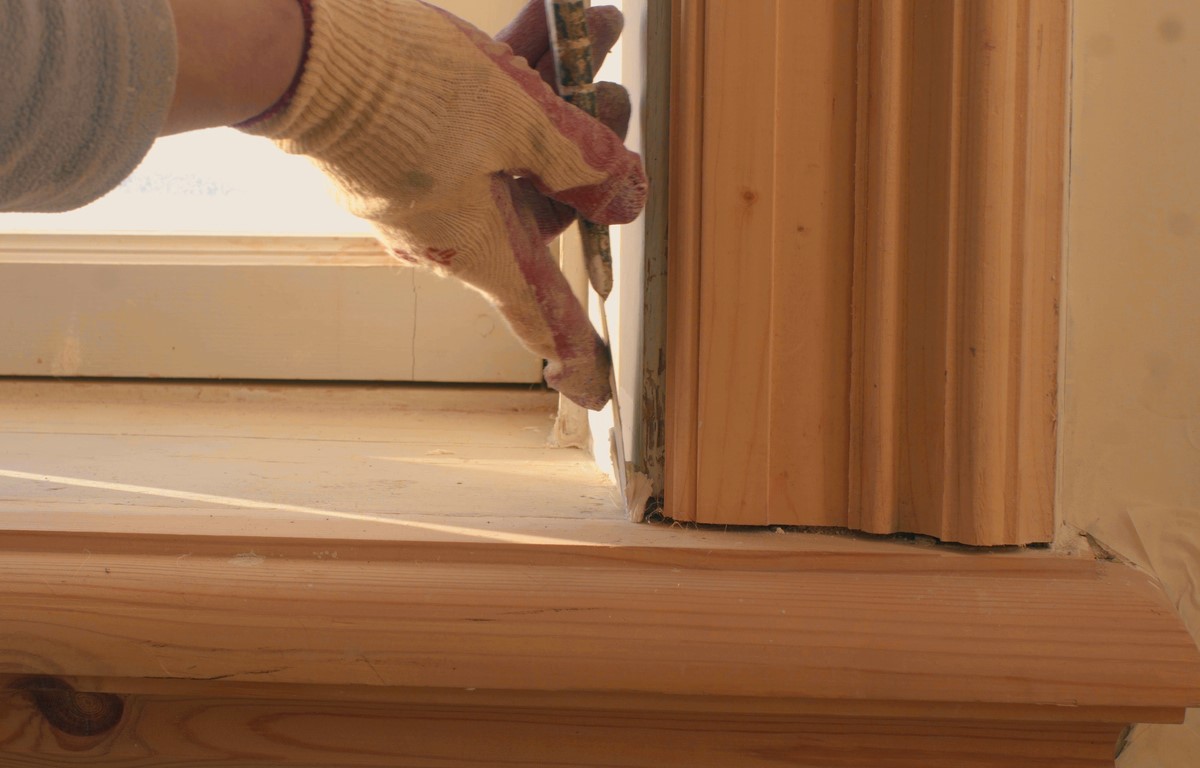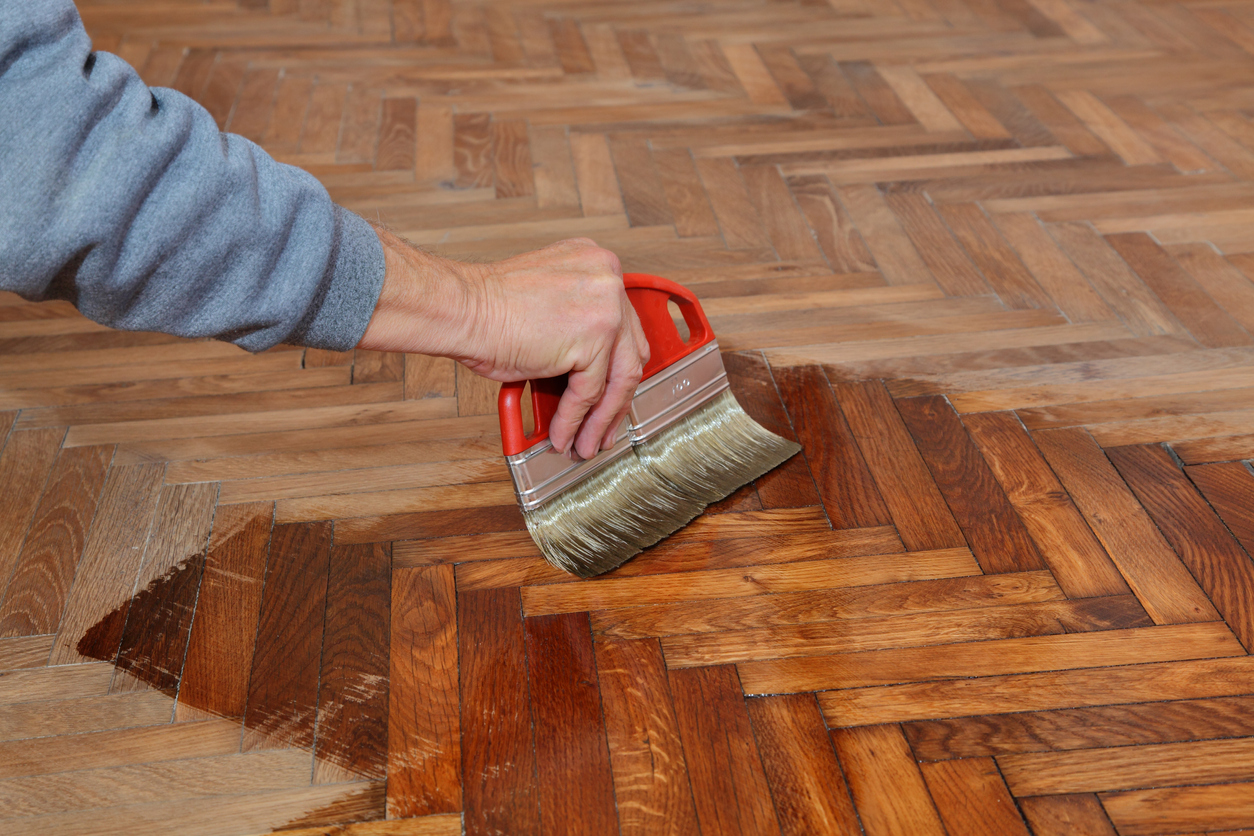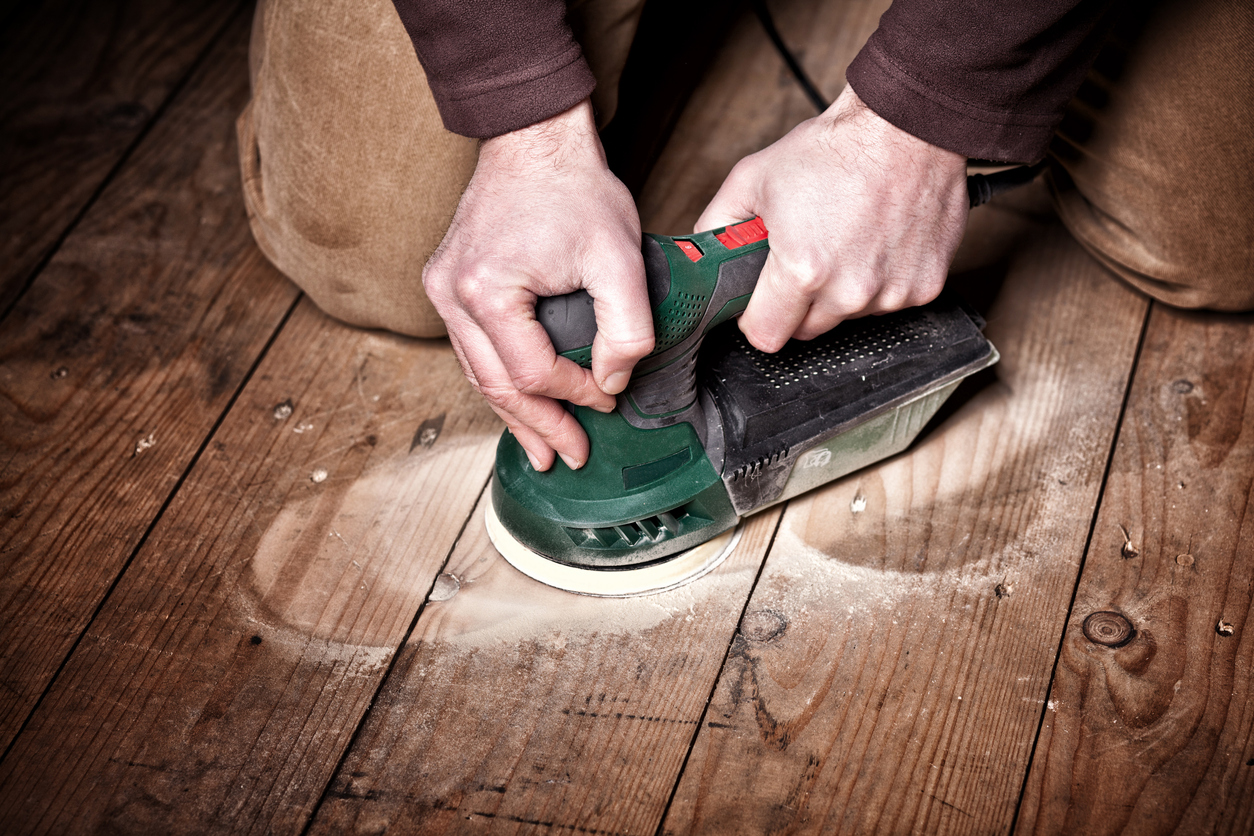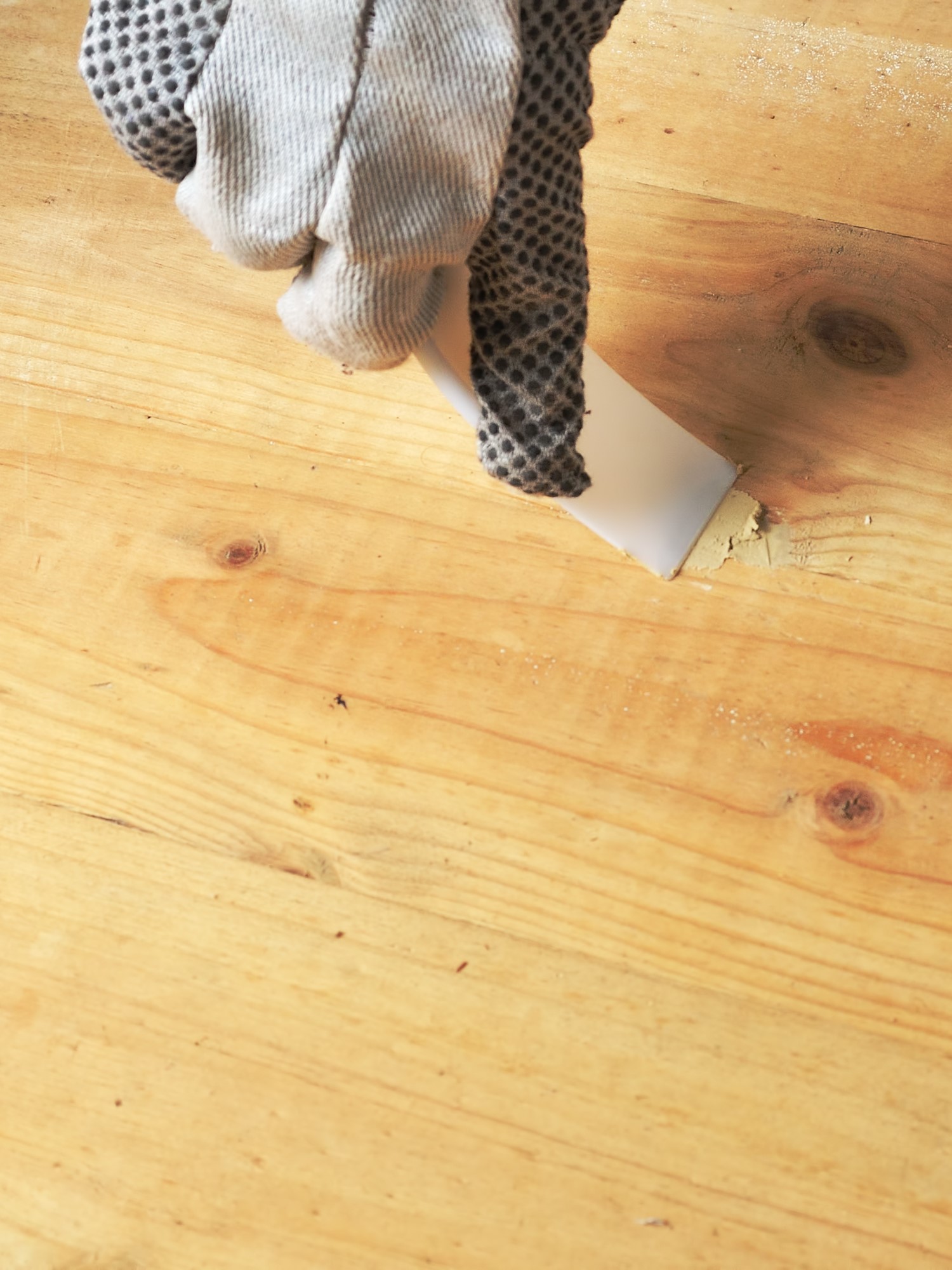

We may earn revenue from the products available on this page and participate in affiliate programs. Learn More ›
Badly scratched hardwood flooring, rotted window frames, and chipped furniture are common problems that can be time-consuming and expensive to repair. Or they can be dealt with quickly and affordably by homeowners who know how to use wood filler. If you’ve never worked with this stuff before, get excited: It might soon be your favorite item in the tool box. Simple in concept and easy to apply, wood filler works wonders to remedy surface imperfections in a vast and varied range of household items.
At first blush, using wood filler may seem like a messy process, but precise results are not only possible, they are also in fact rather easy to achieve. It’s important to note, however, that wood filler is intended strictly for superficial issues, such as scratches and gouges. If the damage calls for a proper repair, wood filler is no substitute. That said, there’s no shortage of ways in which to use wood filler to improve the look of both practical and decorative elements that have seen better days.
Is Wood Filler Stainable?
There are a few different kinds of wood fillers, and the answer to which type is best to use depends largely on the job.
- As the name suggests, stainable wood fillers are receptive to staining so that after it’s applied, you can stain over it to ensure the repaired section matches the rest of the piece that you’re fixing.
- Typically, water-based wood fillers may also be stained (or painted), but unlike other products in the same category, these are specially formulated for use indoors. Common applications are filling scratches and dents in molding, paneling, and cabinetry.
- Heavy-duty solvent-based wood fillers are meant primarily for outdoor use and perform well on exterior siding and trim.

6 Quick Steps to Repairing Wood Using Wood Filler
Our researched guide to the best wood fillers can help you select a product that’s tailored to your specific project. Once you have the right supplies, proceed with the following steps for how to use wood filler so that your repair is nearly invisible.
Tools & Materials
Bobvila.com may earn a commission from purchases made through these links.
Step 1: Sand and clean the wood surface in need of repair.
Start by preparing the damaged surface. First, remove any loose chunks of wood or flaking paint. Next, sand any rough edges in or immediately adjacent to the damaged area you wish to repair. Finally, clear away all lingering dust and debris by means of a shop vac or moistened tack cloth. If you use a damp cloth, wait for the area to dry completely before you proceed to the next step.

Step 2: Use a preconditioner on the damaged area to prevent color discoloration.
Wood filler is different from the wood being filled, and the surface of the wood that’s in contact with the wood filler is susceptible to absorbing the stain or color of the wood filler. Protect the exposed parts of the wood by applying a wood stain preconditioner to seal the damaged area and surrounding surface. Let the conditioner fully dry.
Step 3: Apply the wood filler using a putty knife.

Start at the edge of the damaged area, pressing the wood filler into the depression. Overfill slightly to allow for the fact that the filler shrinks as it dries. Once you have applied as much filler as necessary, smooth over the filled area with a clean part of a putty knife.
Step 4: Allow the wood filler to dry completely.
Check the packaging for manufacturer recommendations on how much time is needed for the wood filler to dry. Depending on the depth of the application, it could take anywhere from 15 minutes to 8 hours.

Tried-and-True Advice
A little wood filler goes a long way. When I changed out the hardware on an old dresser, it wasn’t until after I removed every drawer pull that I realized the new ones I’d purchased had screw holes that did not line up with the previous ones. I used wood filler to patch the holes and then redrilled the drawers to line up with the new hardware. Easy makeover and the wood filler was so simple to use, but I ended up buying way too much and still have an almost-full container of wood filler with nothing to fill!
—Amber Guetebier, Contributing Writer
Step 5: Sand the filled area so that its height is flush with the surrounding wood.
Once dry, work with a light hand to sand the area smooth. When you run your hand over both the undamaged and freshly filled parts of the item you are fixing, you should feel only the slightest difference between the two.
Step 6: Complete the project by applying your choice of finish.
In most cases, the goal will be to make the repair virtually unnoticeable. If you’ve been working on a baseboard painted white, concealing the fix is simply a matter of painting over the filled area in the same color.

Stained wood is trickier to deal with. For the best possible match, it’s recommended that you dab some wood filler onto a piece of scrap wood. Wait for it to dry, then test the stain to see how it looks. Depending on the test results, you may then choose to thin out the stain, use a different color, or (if you got a close enough match) proceed to apply the stain to the item that you’ve now successfully fixed—cheaply, easily, and possibly in less than an hour.
